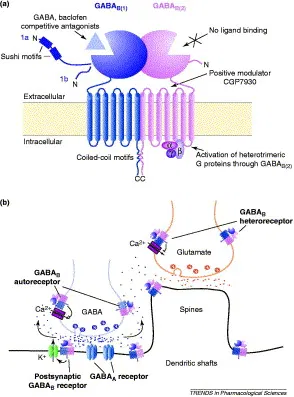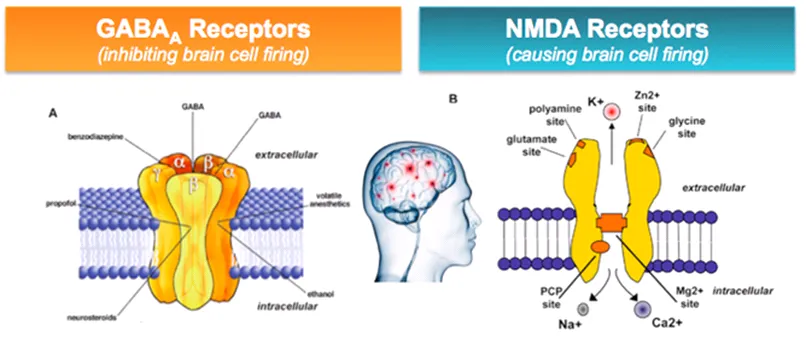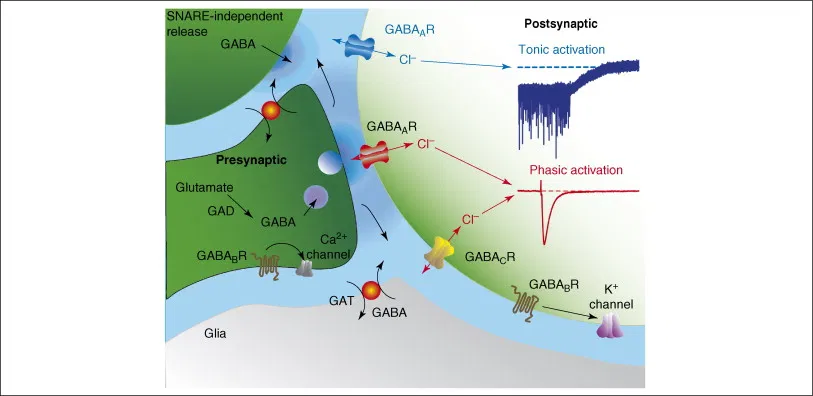Baseline brain energy supports the state of consciousness. http://www.ncbi.nlm.nih.gov/pmc/articles/PMC2708743/ - in this link, The authors argue that the conscious state is supported by a high and fairly uniform baseline energy consumption and related levels of neural activity. This viewed is based on PET scanning measures of glucose and oxygen consumption, taken with subjects under anaesthesia, that showed that energy levels while under anaesthesia are 40-50% below awake resting levels across different brain regions.
Continuous energy is vital for the brain because it has minimal energy reserves of its own. The brain's energy derives mainly from ATP, in its turn derived from the oxidation of glucose. Activities at the synapses are stressed to be particularly in need of energy. The author's studied the rate of glucose oxidation and neurotransmitter cycling in a wide range of brain activities. These studies and those from other laboratories established a quantitative relationship between glucose oxidation and glutamate neurotransmitter activity involved in neuronal firing.

In the awake resting state 80-85% of the brain's energy consumption is involved in neural signalling. This indicates a high level of signalling in the absence of external stimuli. Rest state refers to a fully awake state, but one that is not dealing with significant external stimuli. The energy of the brain when not stimulated by external stimuli is defined as the baseline energy. Studies have measured brain energy production in the form of glucose oxidation during the brain's resting state. The total energy consumption associated with neural firing in this awake baseline state is orders of magnitude larger than the amount of the changes in energy level associated with the processing of external stimuli. The authors propose that high baseline energy and neural activity in the awake state is a necessary property of consciousness, and a sufficient reduction on energy results in a loss of consciousness.
A further study compared sensory simulation at a level close to the waking state with somatosensory responses in a low-energy state of deep anaesthesia. The fMRI patterns and neural activity both change in relation to different energy states. The firing rate of an ensemble of neurons in the somatosensory cortex shifts from a gamma band of 20-40 Hz in the high-energy/near to waking state, to less than 10 Hz in the low-energy state. With different level of anaesthesia there was a distinction between parts of the cortex that could still be stimulated, with only primary cortices stimulated where there was a low level of energy, but the secondary cortices in anterior brain regions also capable of being stimulated at higher levels. sageThe higher-energy state is associated with extensive interregional communication. Studies suggest that activity becomes more localised in deep anaesthesia; by contrast, higher baseline energy activations are spread across wider cortical areas, and thence influence the distribution of neural firing rates.


PET experiments have measured brain energy levels at deepening levels of anaesthesia. PET images of glucose and oxygen consumption in the brain in varying depths of anaesthesia showed a depression of energy demand relative to the awake state, and this is taken to suggest an energy reduction across the brain is responsible for loss of consciousness. Glutamate activity is also seen to be inhibited. gr3All known anaesthetic agents, except ketamine, produce decreases in glutamate and GABA activity, and this is also seen as being related to the drop in the brain's energy consumption.